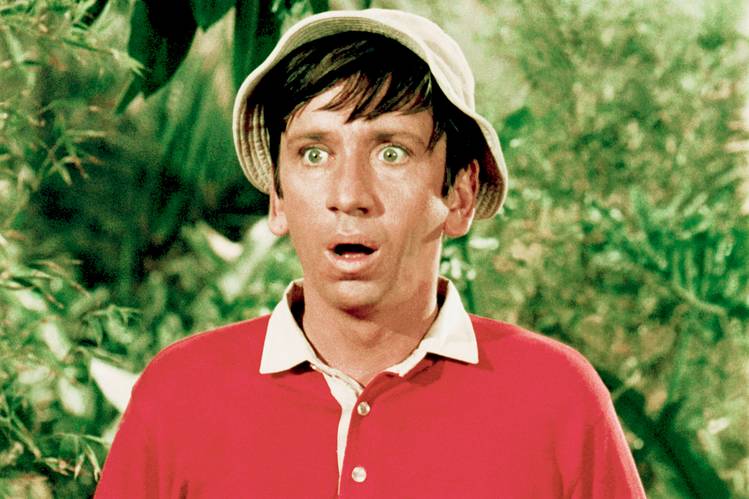It took me two whole days, but I finally figured out how to work our new house’s old-timey stove.
It’s the first time I’ve fired it since we bought the house this summer. This thing is a lot more complicated than it seems. It has a main damper and a bypass damper, a separate air intake and it hadn’t been fired up for 6 months so the flue was full of cold air and humidity.
But crucially, it sits inside a northern house that’s so well insulated it’s airtight enough for the fire to pull a vacuum inside the house, snuff itself out and create enough of a backdraft to smoke up the entire house in seconds when all the windows are closed.
It took me a while to figure out how to adjust the dampers, stop the air extractor and crack a window open when I add a fresh log to avoid turning the whole family into smoked meat 🙂 But now the flue is warm, the draft is going good and the house is sitting at a balmy 82 degrees while it’s freezing outside.
Nice!
Get a CO detector. If the venting can fail do not use it. This sounds incredibly dangerous. A fireplace that’s unattended must not kill everyone in the house. Back draft is bad.
The fireplace is never unattended. We only go to bed when there are embers only left in it.
A CO detector is not a major money or time investment.
Yes, I have one 🙂 These things, and smoke detectors are legally sold at cost here. But cost is no object to me for things that can save our lives.
Yeah having grown up in a house that was built about 100 years ago, sounds like what we had on the regular.
Ofc you should have the chimneys inspected and cleaned, but if that’s fine ite no wörry. Did we often have smoke inside? Eh, maybe not often, but with regular occasion. The house had like six fireplaces or so, two large chimneys.
So if my grandma who used them for her whole life occasionally also had amoke in the house, I’m sure it’s fine and not something you need to stop using your fireplaces for.
This is great and all but mishaps happen. Planning for a world in which nothing goes wrong is not realistic. Some day life happens. Also this puts everyone on an unsustainable standard of diligence.
I think that’s a little bit of modern alarmism. Humans lived with literally open fires in a top ventilated hut 5ever and not even that long ago. But a CO detector isn’t a terrible idea
Yeah, but not in well insulated rooms. This is not an old danger.
I had one but the constant beeping was giving me a headache.
(I kid, I kid. We live in a shiny new concrete apartment with no fireplace and the regulated 8 smoke- and co2-detectors linked to a central panel etc etc)
Wood fires generally do not produce co. Co comes from coal and natural gas and propane. I support redundancy of having a co detector, but not for your reasons.
Edit: Thanks for the correction. I added the word “generally”. The primary reason for me saying that is that there were basically no deaths from CO while Korea had wood as their heat source then when coal was introduced, they suddenly had a huge spike in CO related deaths, and this warning came while I was doing some bushcrafting research for making charcoal. I thought it applied generally to all heating wood fires that are not first turned to charcoal.
This is incorrect. Anything that produces CO2 when burned, will instead produce CO when not provided with enough O, including wood.
People regularly die from CO poisoning from smouldering wood fires.
Thanks for the correction. I updated my post.
This is an amazing post. Why would chemistry care where the carbon you are burning is coming from? Why would fossil sources be bad, but renewables not? I am actually interested in your rationale.
First, i had enough pushback to get me to update the original post. I needed to say “generally doesn’t make CO”. This is based on wood definitely can emit CO when burning “charcoal” e.g. wood without enough O2 or fresh wood.
Regarding my rationale, I thought it had to do with the spacing or timing of the burn through each grain/fibre. Wood contains water/sap and would therefore have catalysts or contaminants that would change CO into something that would be easier to detect and remove (e.g. irritating ash) than any of the fossil fuels.
I would expect the higher temperature of a coal fire to be conducive to co formation. Maybe wood produces more of a draft. Anecdotally there actually does seem to be a perceived difference, but I can’t find a reputable source. I am not sure if an oxygen starved organic fire would, for example, produce more fancy carbon and hydrogen containing compounds as opposed to CO which is the only compound produced by a starved coal fire. Those carbohydrogens would probably have a strong aroma preventing co from sneaking up on you.
Hence I would conclude that you are actually right that there is a much greater risk from burning pure carbon. The kind of coal you are using may have a strong impact on this, but I would expect you to use coal whose impurities have been removed.
Absolutely false: https://en.m.wikipedia.org/wiki/Wood_fuel#Combustion_by-products.
Please do basic research before making claims like that. That’s dangerous misinformation.
Based on the other comments, i updated my post.
I appreciate the link. I read through it and it was primarily about general combustion, and mentioned that Wood smoke contained VOCs. I think CO might be one of those referenced, but the link did not go into any discussion of CO, so I would like to know how this “basic research” is relevant to our “CO” specific discussion.
lol ITT, OP excited and everyone else telling them this is how they die.
lol ITT, OP excited and everyone else telling them this is how they die.
That’s the internet for you 🙂
Rip OP,beautiful stove tho
Waiting for:
eta: Hey, sorry folks, I kinda nodded off and it looks like everyone else is asleep, fire’s out…
“Where are all these Post-It notes coming from??”
Get someone to inspect and clean the chimney. They get creosote build-up that could start a fire where you don’t want it.
Wood stoves are great. I used to go home from school with a pack full of shorts. My Mom kept the house at 90F during the day.
The chimney is swept every year by law. Even if you don’t use the chimney, it has to be done, else the insurance company will use it to deny any damage claim - although I think maybe if the chimney is never used, it’s every 2 years.
Anyhow, the chimney sweep came just before we bought the house. It’s good.
You’re doing better than I am I’ve lived in my house about 4 years and still haven’t worked it out
You have an air extractor (like in the kitchen) and a fireplace? That’s a recipe for a disaster. Hope you have a CO detector.
I turned off the extractor. But this house got me confused, because the previous house we had was less well insulated, and the stove had no trouble breathing even with the extractor at full blast. This one though is much more airtight, and it took me a couple of hours to make the connection between the fire getting choked when I closed the window and the extractor pulling a vacuum. I turned it off and now it’s fine.
I do have a CO detector. Not a peep.
Maybe get a second one if you’re going to trust it with your lives.
One that actually reads the levels would be cool.
It reads levels, and it has a test button.
two is one, one is none. I suggest the YOLO - conspiracy theorist in a forest shack setup

The amount of soot above the door makes me think there’s a persistent draft issue.
- Is it a brick or steel chimney?
- How tall is the chimney?
- How far away is the tallest peak in the roof?
The amount of soot above the door makes me think there’s a persistent draft issue.
In fairness, the stove has been in daily use 6 months per year for 50 years though. I’m not too surprised that the surroundings are blackened.
It’s a brick chimney. It’s a single story house with a low roof. The chimney is maybe 3 feet above it.
And yeah, there is a draft issue. Or rather, it’s a ventilation issue, like in all houses around here: winters are harsh here, and it’s always a fine balancing act between keeping the warmth in and letting enough outside air in to prevent mold and humidity. And when you have a chimney or a stove, letting it breathe enough.
I suppose the soot is understandable given the level of use and an airtight house. I would think having an external air intake would help with that.
I wondered about the chimney height because I know masonry fireplaces have a minimum height requirement of ~3m(10ft). We have a huge double sided brick fireplace with a chimney that’s right at the minimum but oddly enough we never have any draft issues.
I’m not sure what the minimum chimney height is for stoves. Might be worth looking at having it extended by a couple feet or adding a draft inducer fan if you plan to burn a lot of wood.
I read that as the fireplace must be 10ft and not the chimney lol. Of course there are some bad ass ones this size but I wouldn’t like the horror movie that comes after the installation.
I don’t know the exact scientific explanation . . but fire made it good
So which part do you put the children in? Is it hard to trick them into your gingerbread house?
Dude… That’s bleak 🙂
That’s the Grimm brothers for you.
I thought that was a doorway to an incinerator in a mortuary and that this was a meme. I’ve been internetting too long.








